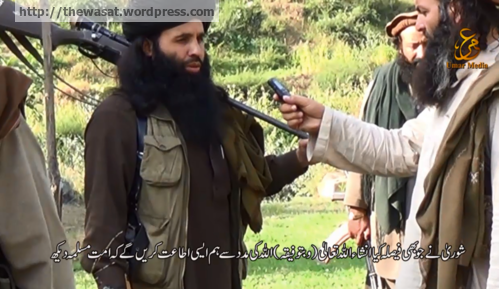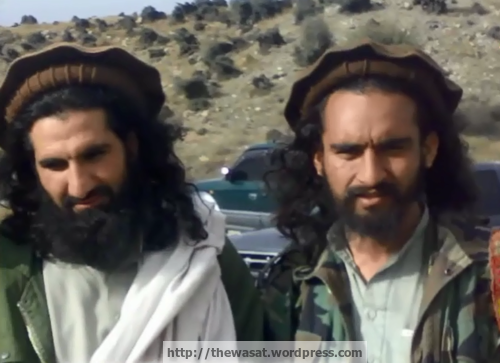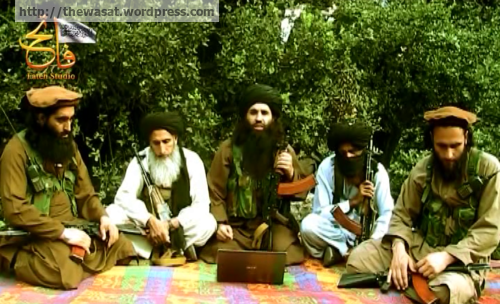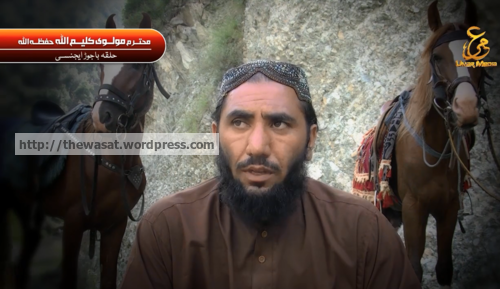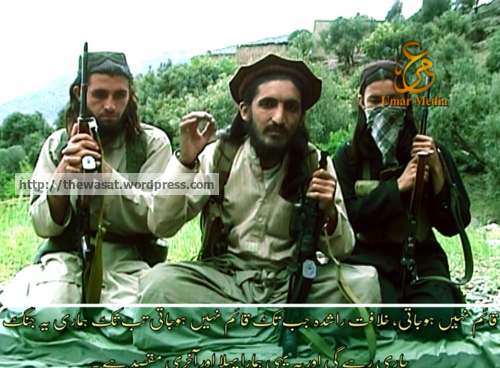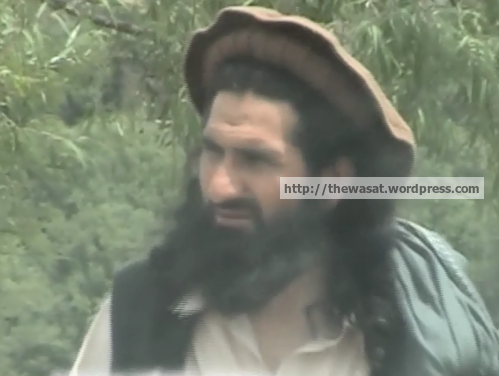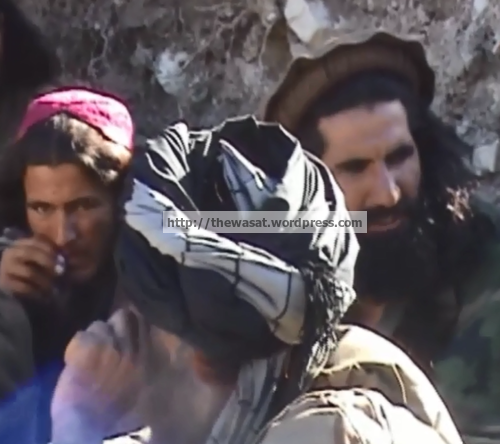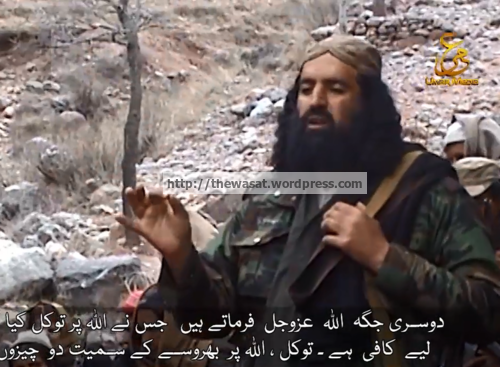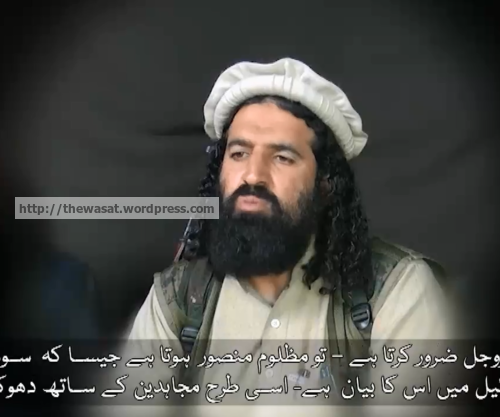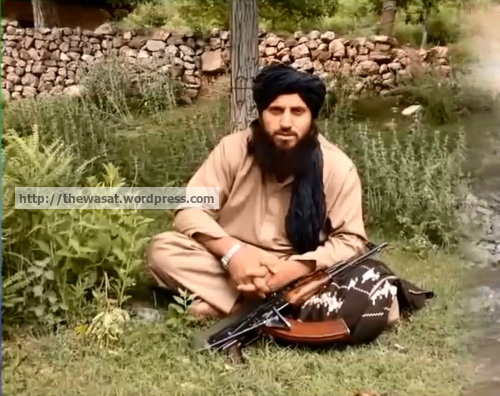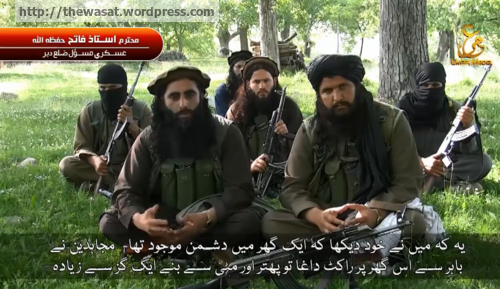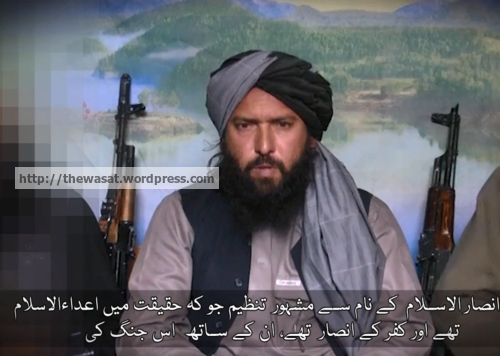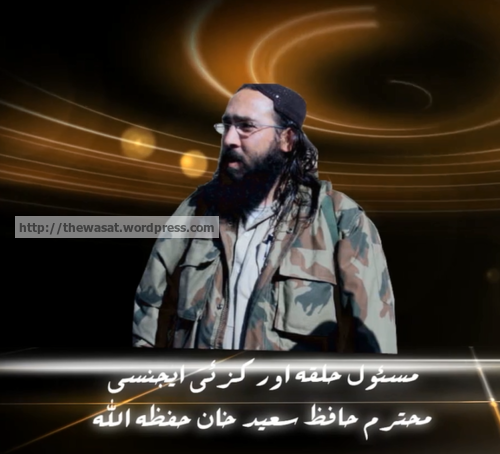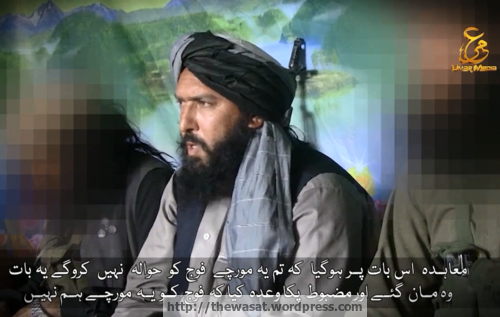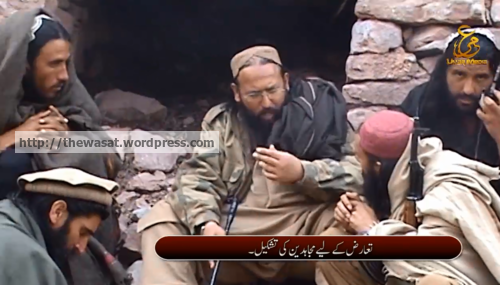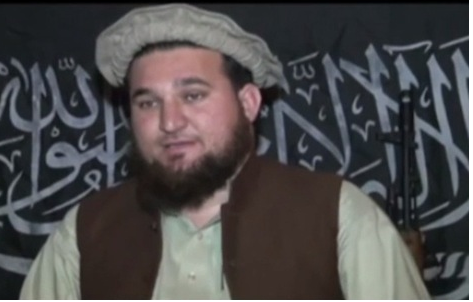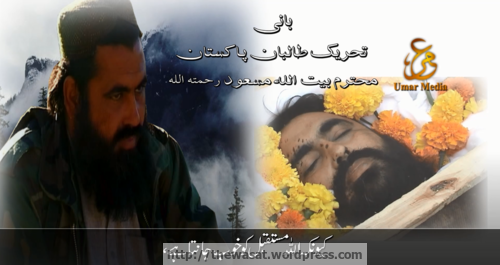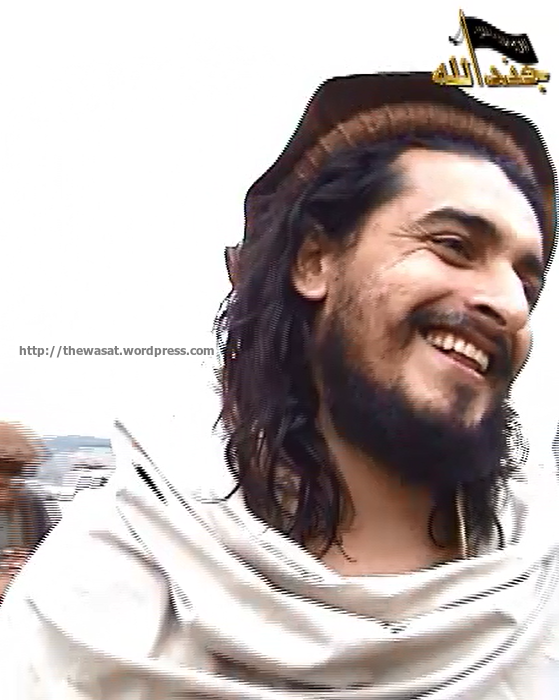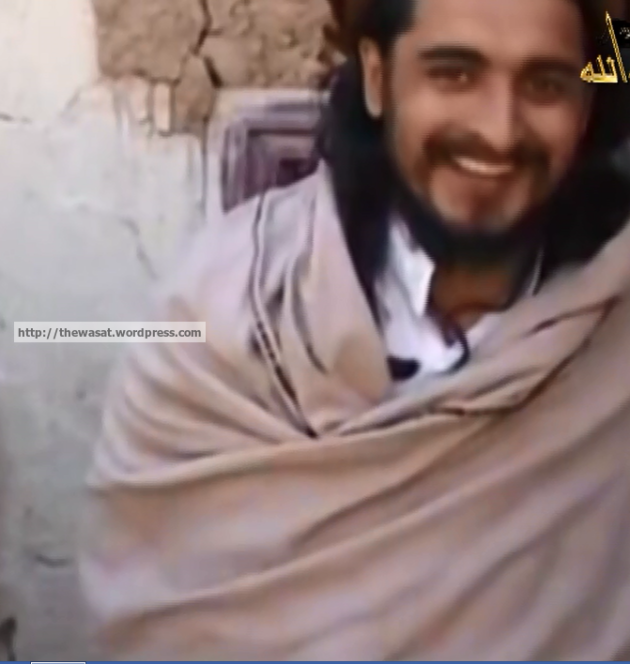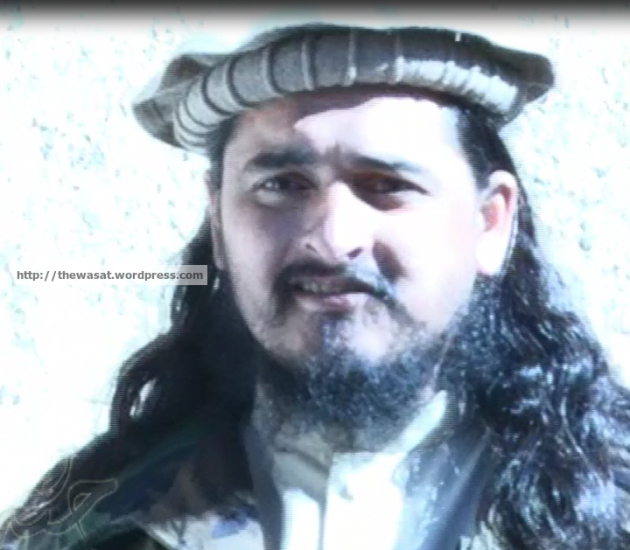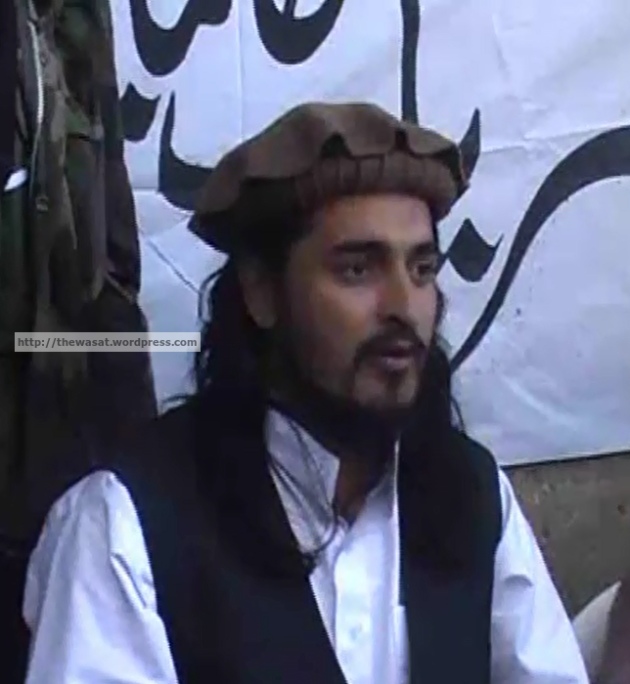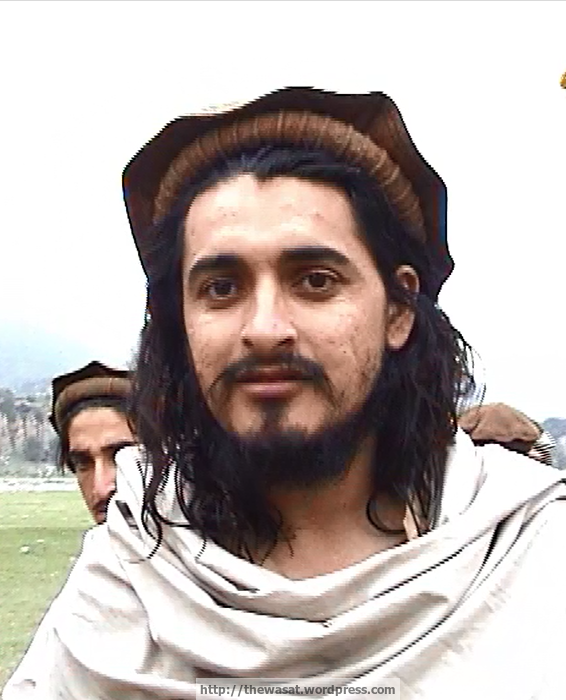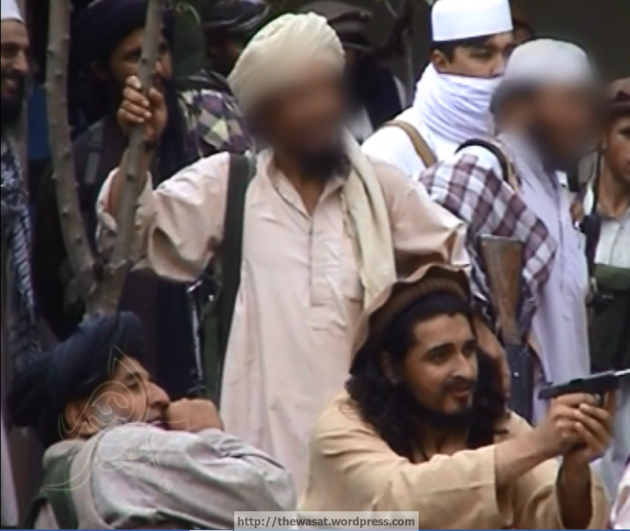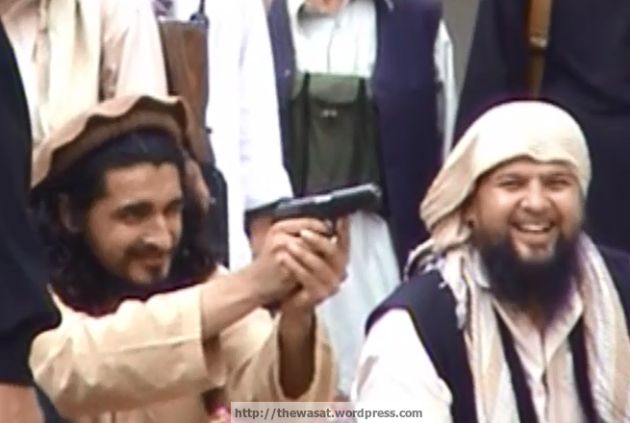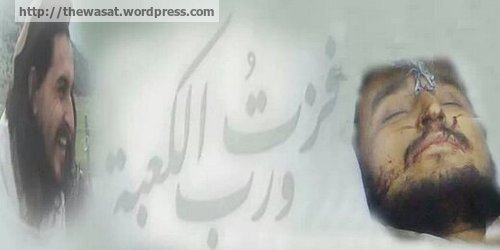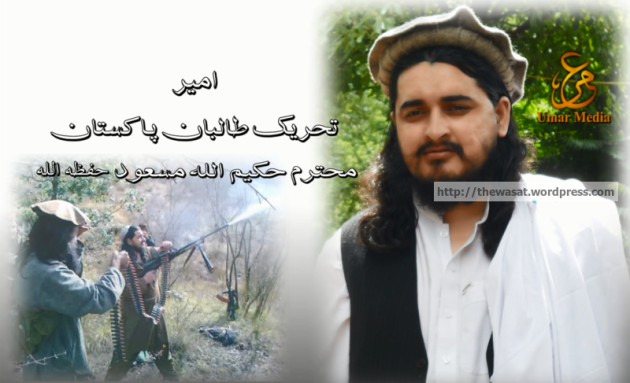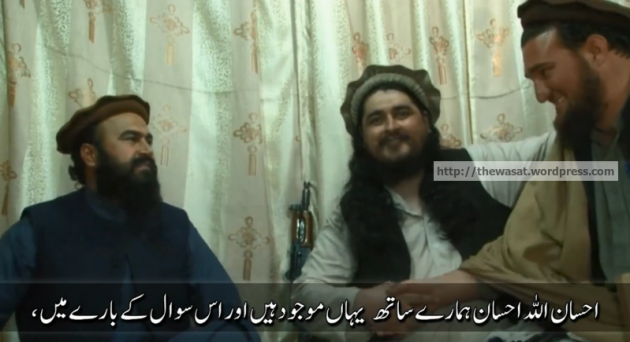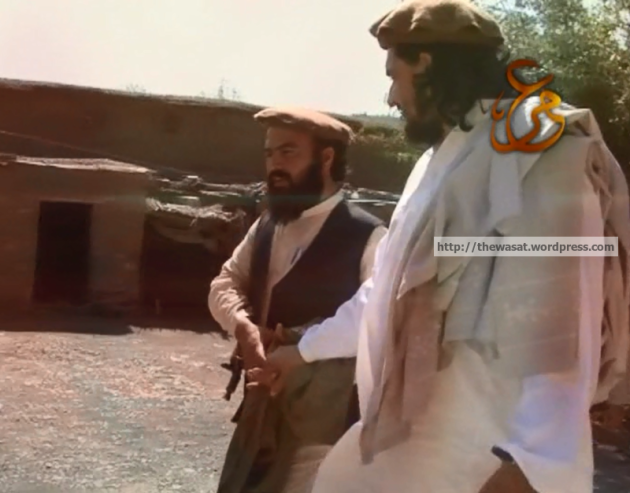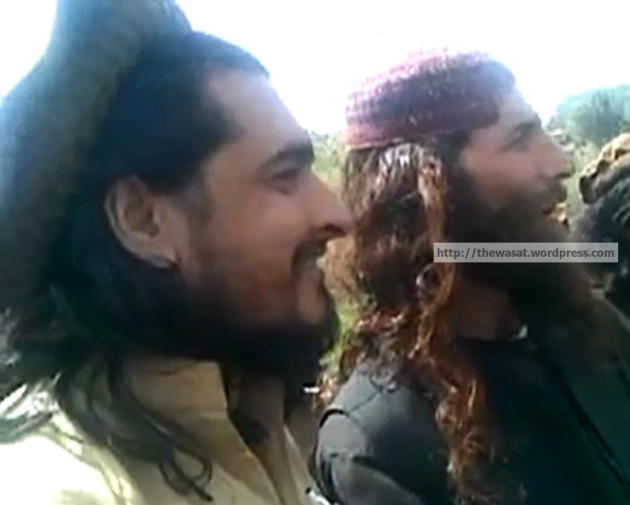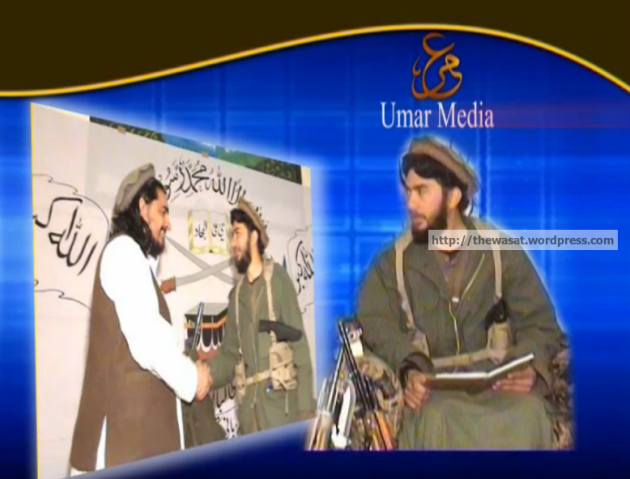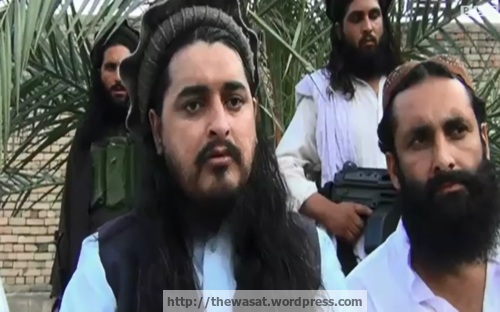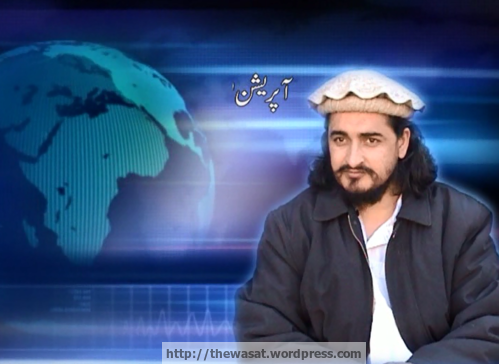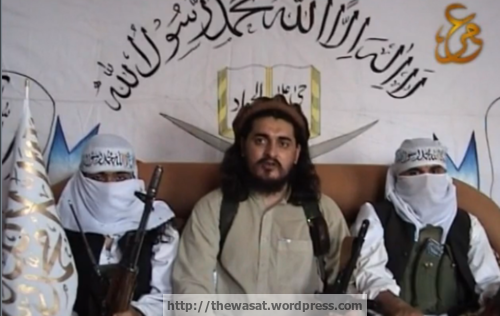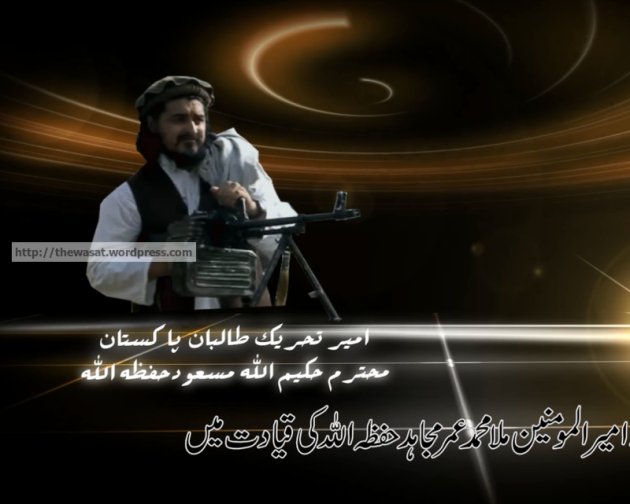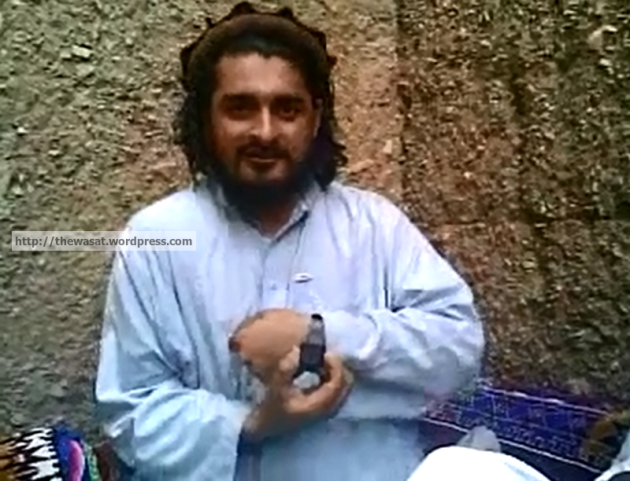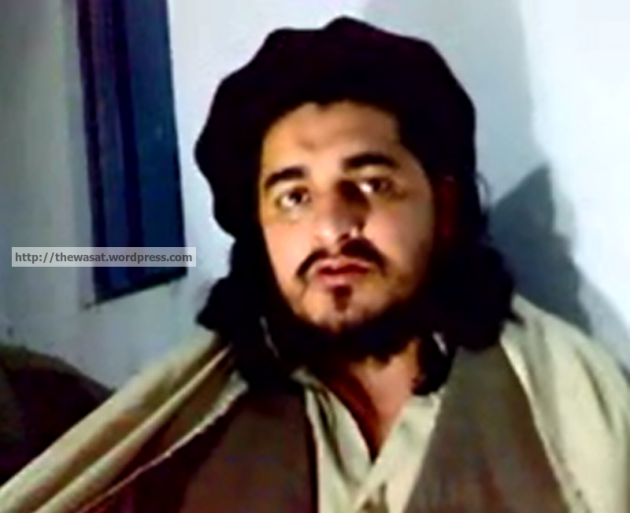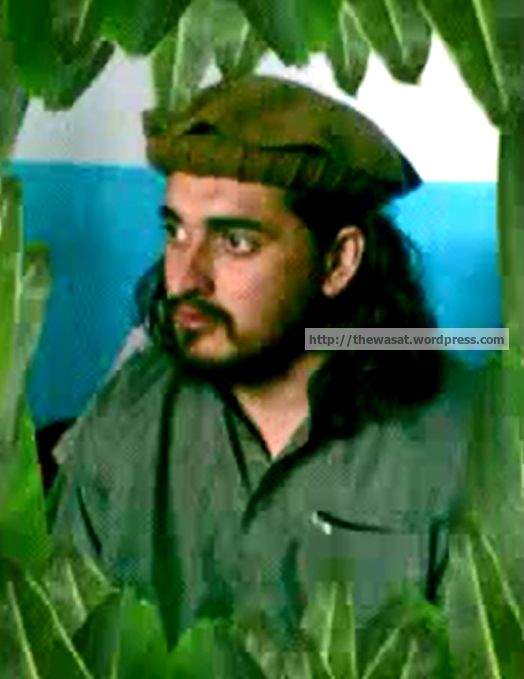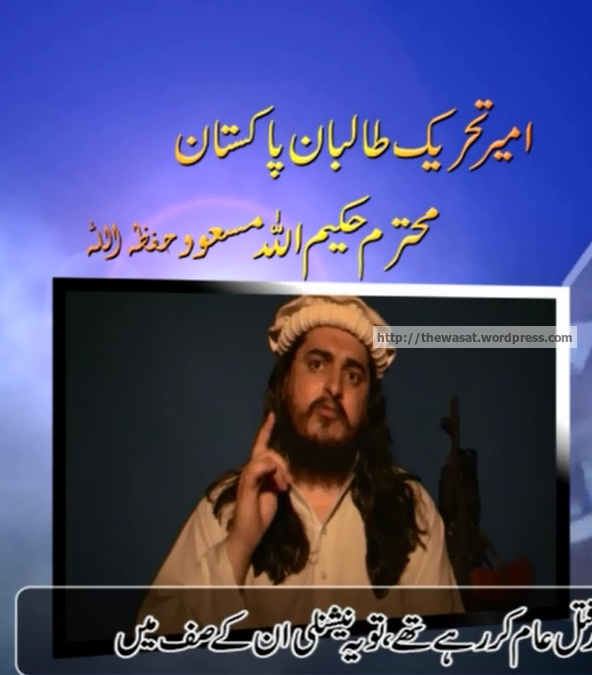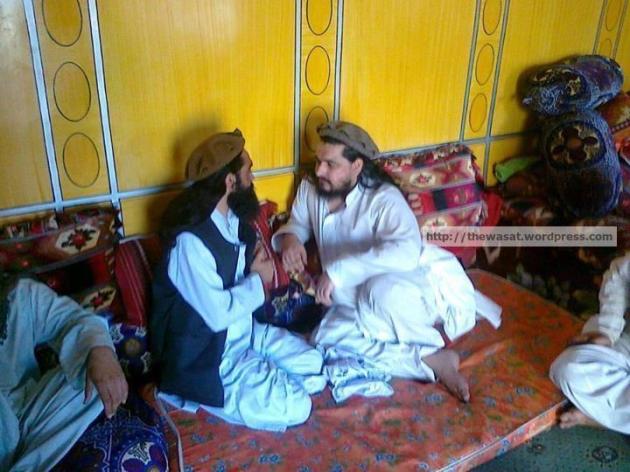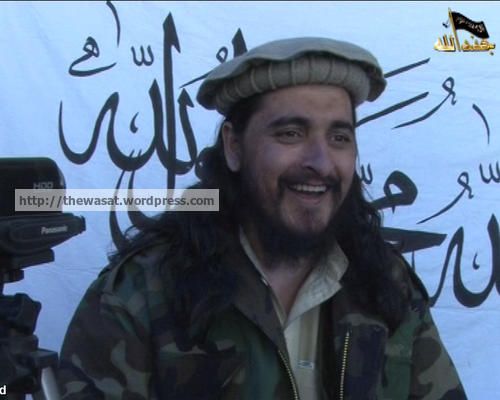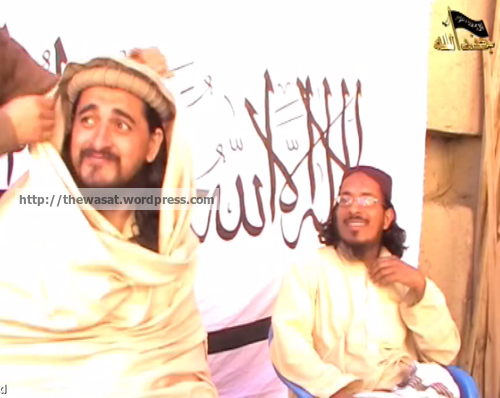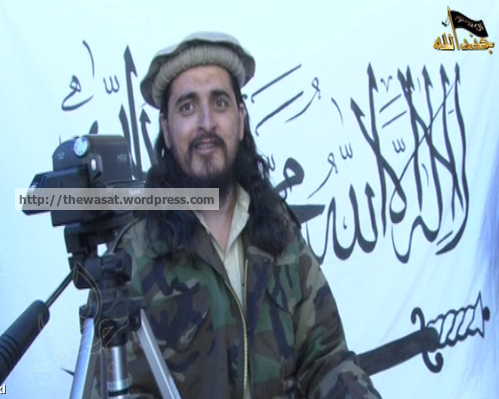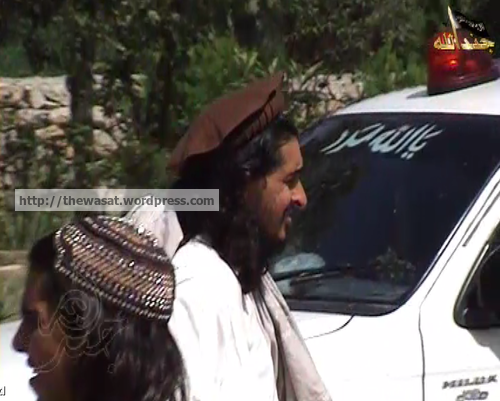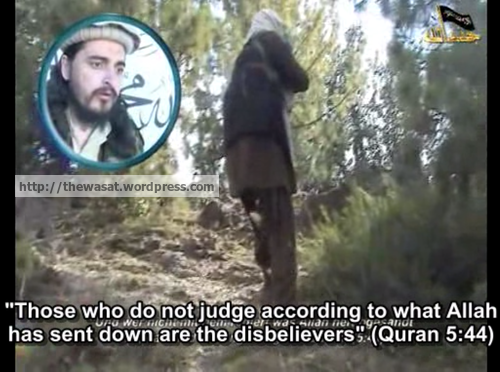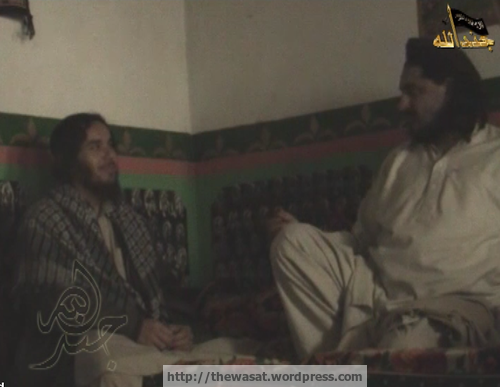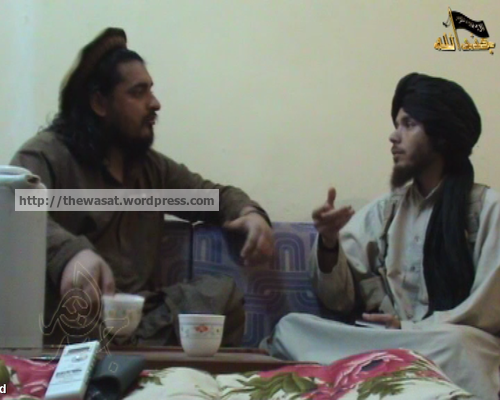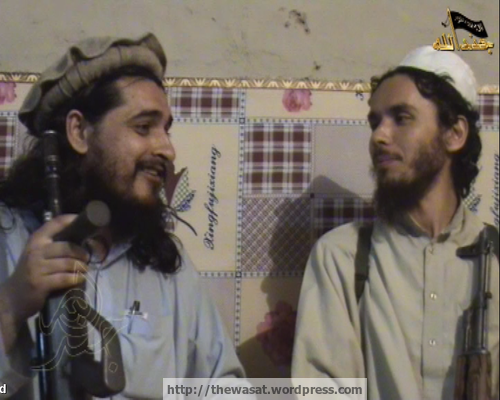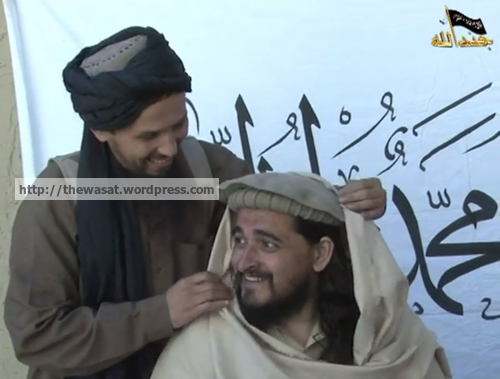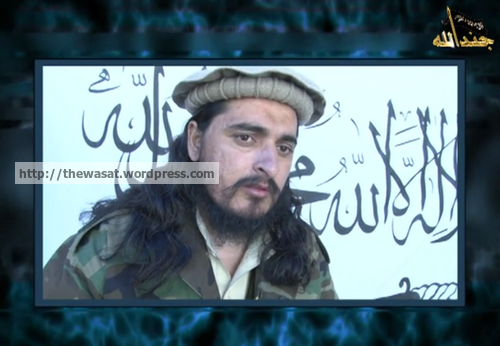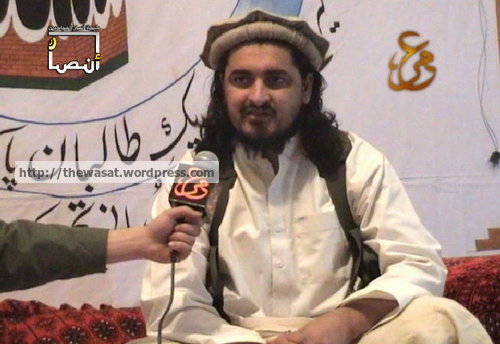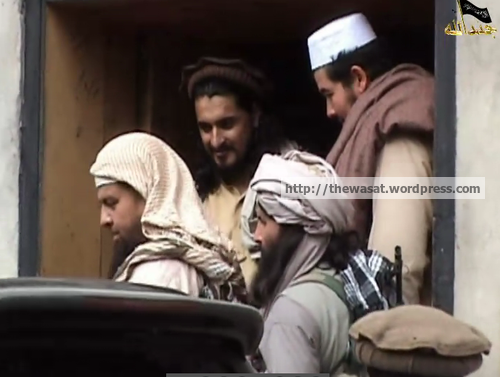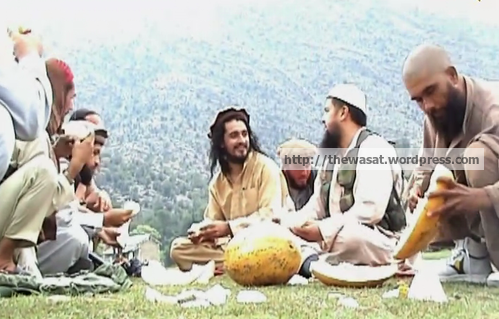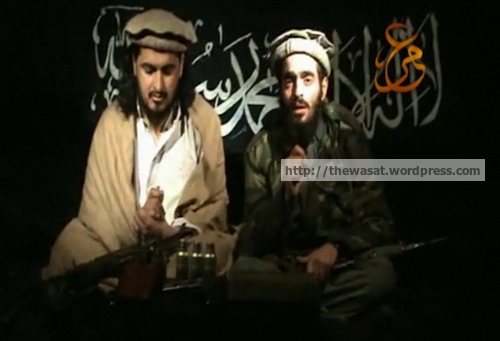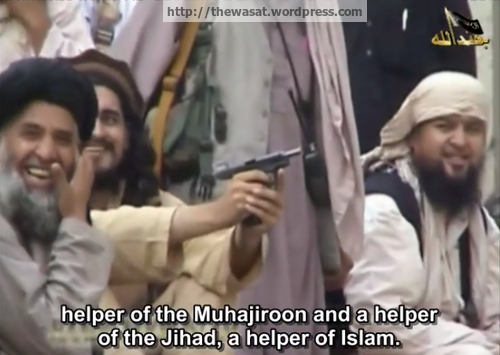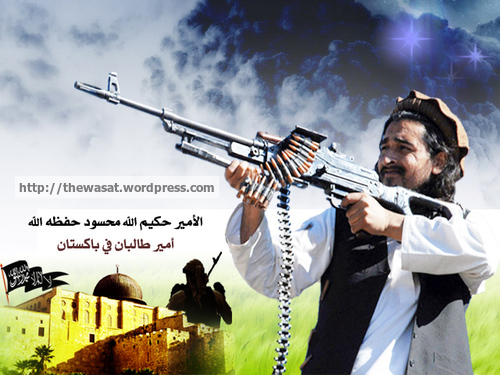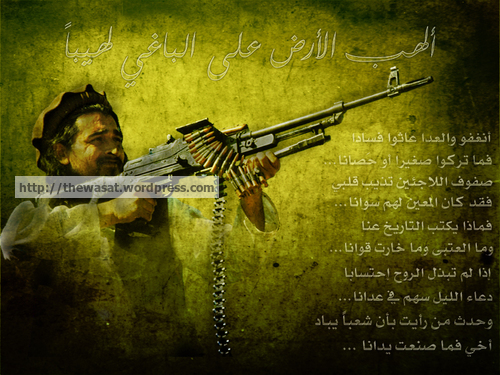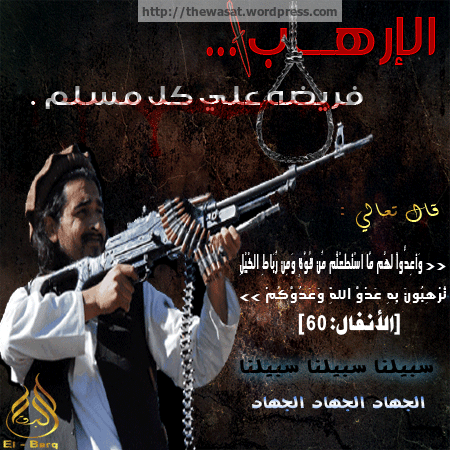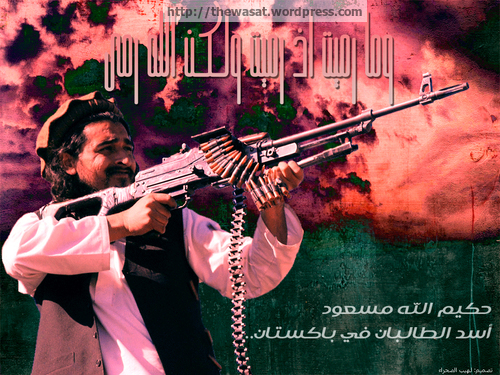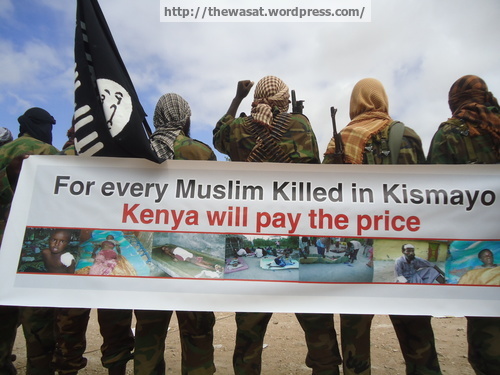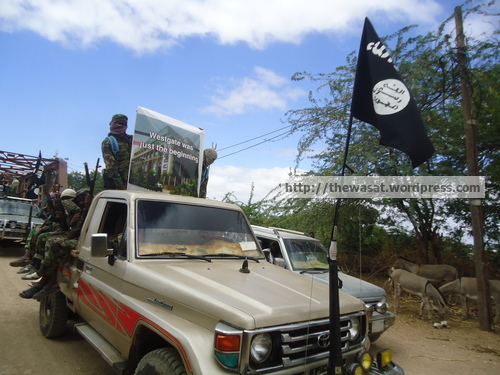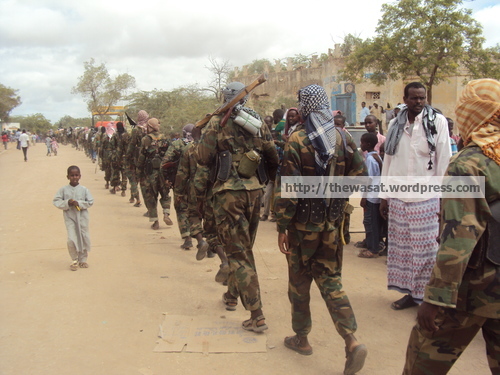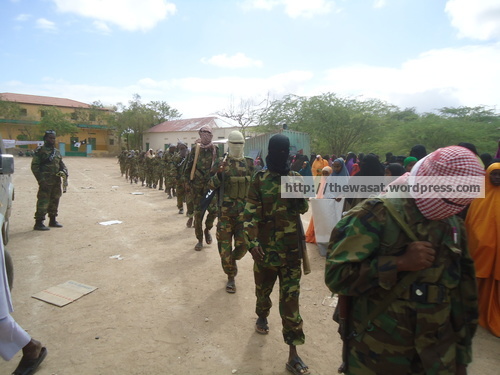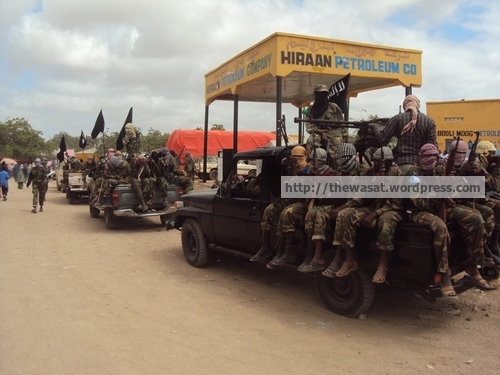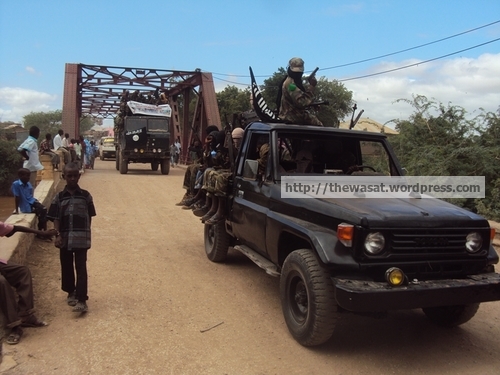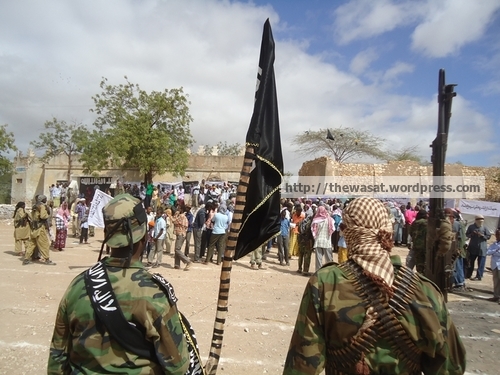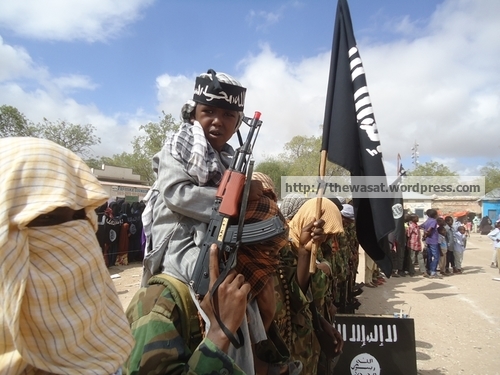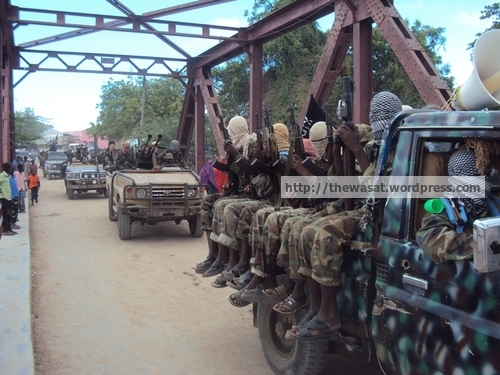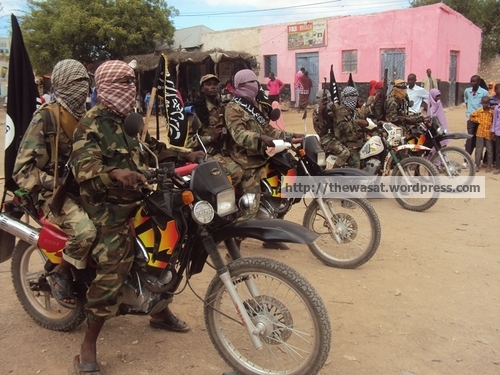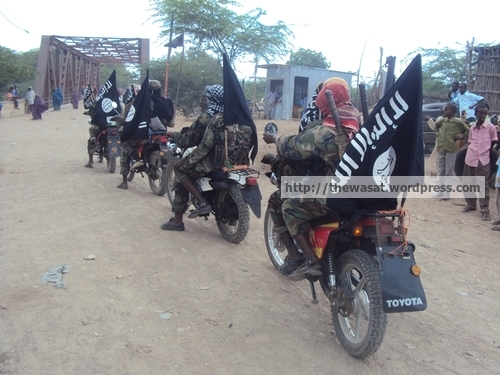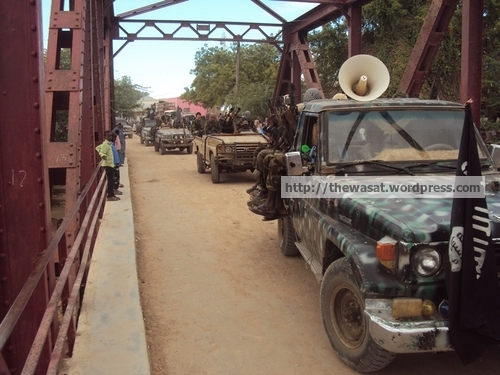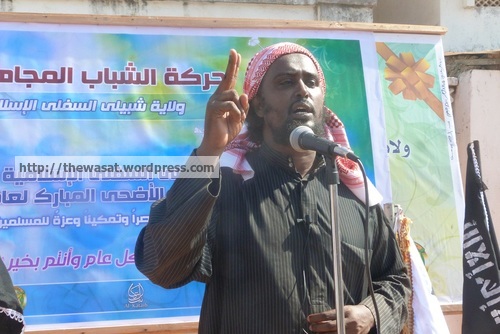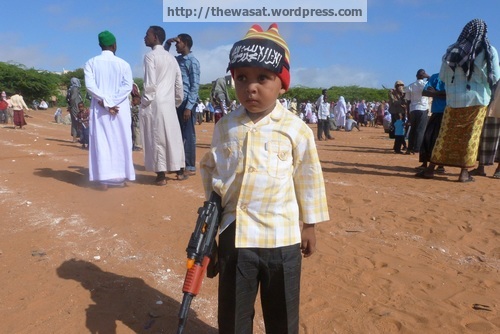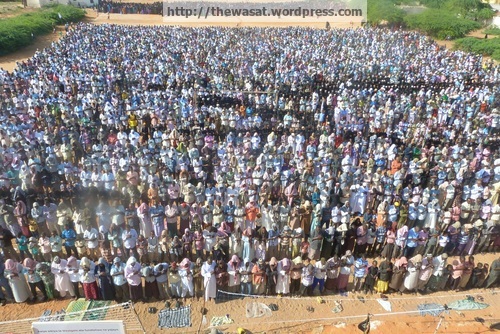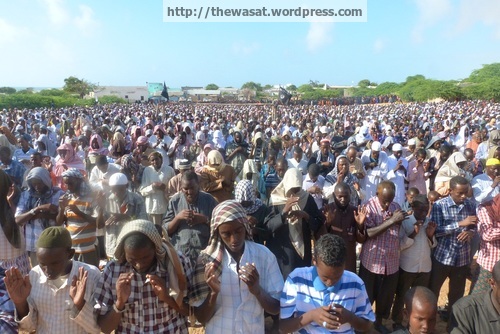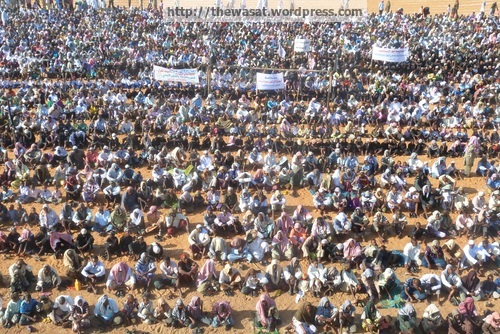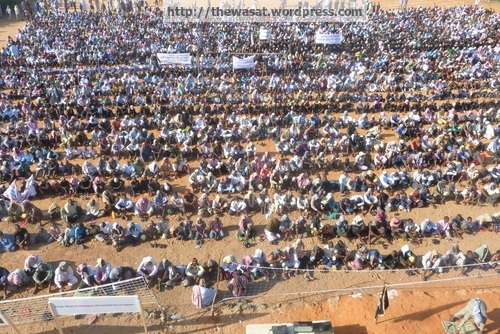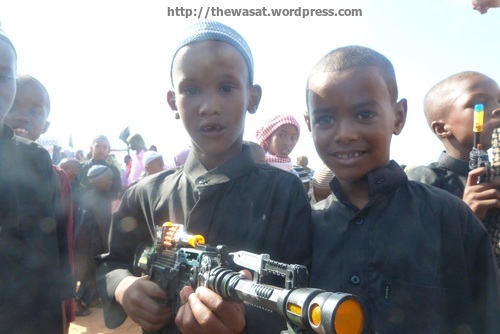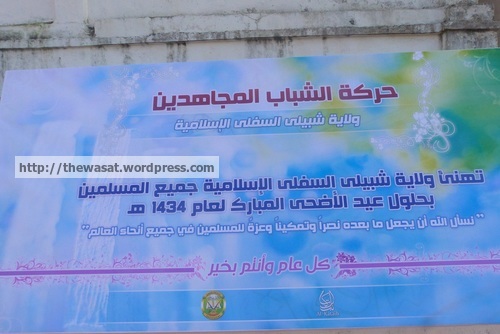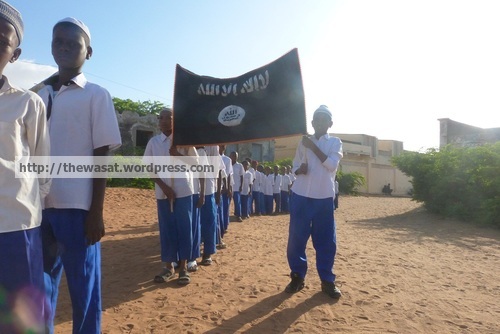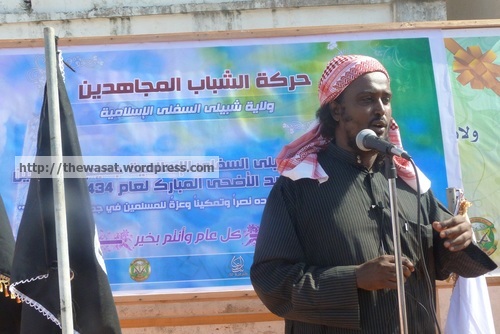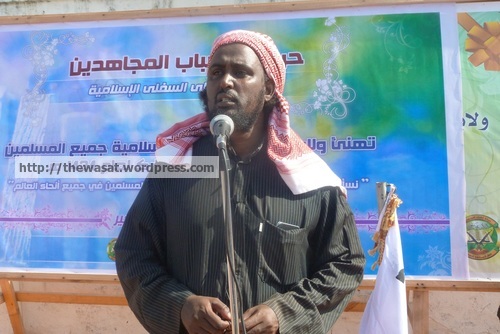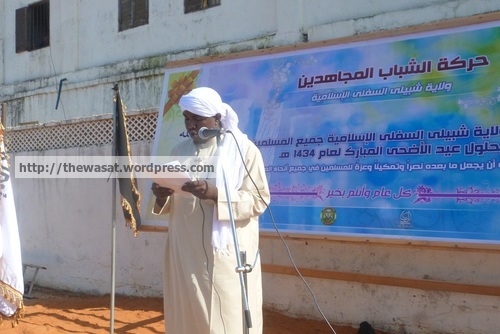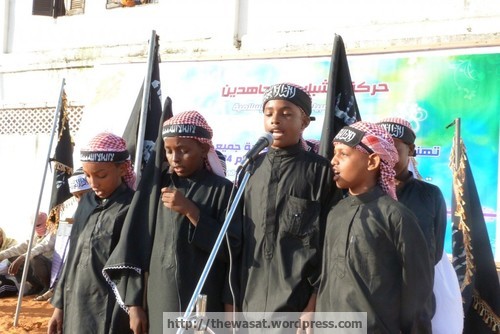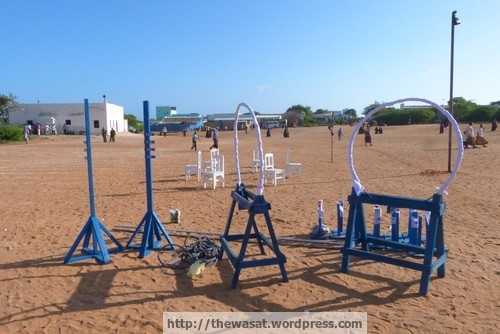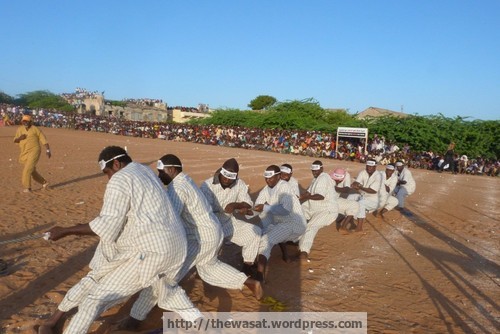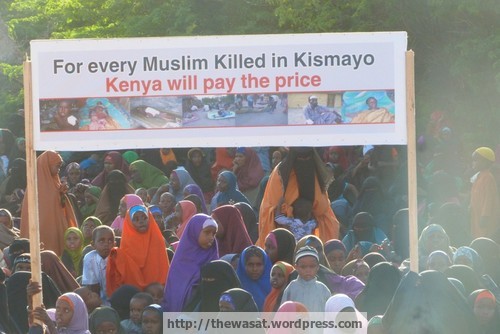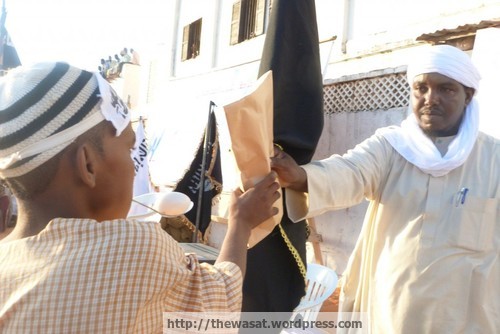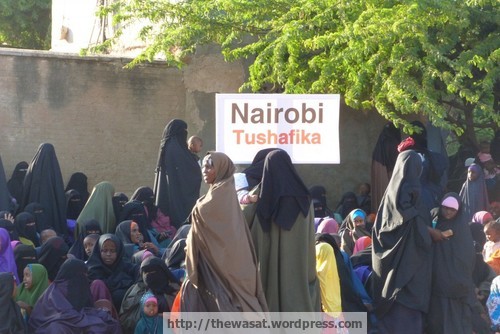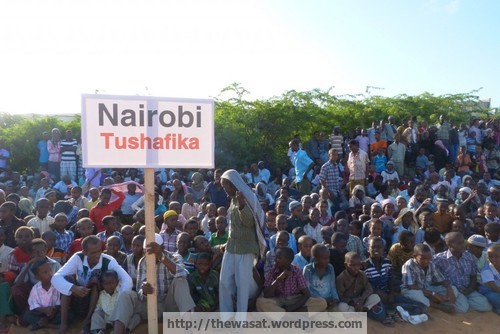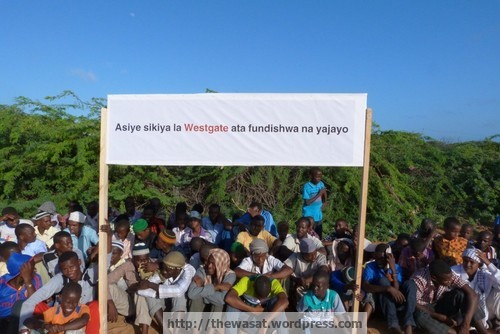How we talk about Islam in Mali and Beyond
December 24, 2015 2 Comments
Over at Sahel Blog, Alex Thurston has a typically excellent piece rebutting Sebastian Elischer’s arguments about Islam in Mali, particularly Elischer’s characterizations of Salafism in the country. Alex makes a number of important points in the piece, especially with regards to the fluidity of Salafi belief and practice (as opposed to the “tri-partite” division of Salafis into “quietist”, “politicos” and “jihadis”), the danger of outsiders picking “good Muslims” and “bad Muslims”, and the difficulties in labeling Salafi or Wahhabi actors like High Islamic Council President Mahmoud Dicko as “anti-democratic”.
These are all necessary distinctions that have become increasingly important as African and international governments discuss not just extremist violence but also counter-radicalization programs. These discussions often revolve not just around questions of correct belief and practice, but also on the governance of Islam, and by extension the governance of Muslim believers. One corollary of this governing imperative is not just the distinction between “good” and “bad”, but the idea that the “good” is local, African, and traditional, and that the “bad” is foreign, most commonly associated with the Arab world and particularly the Gulf countries.
While scholars of Islam in Africa have long disputed or critiqued these notions, they remain surprisingly prevalent in popular conceptions of Islam in Africa. In November, the Senegalese President Macky Sall spoke to the opening of the Dakar International Forum on Peace and Security in Africa, where he stated that “we cannot accept models that correspond neither to our conception nor our traditions of Islam…[models] imposed in Africa simply because Africans are poor and there is a need to finance mosques and schools.” This corresponds with a popular narrative that Salafism and Wahhabism — the two terms are often incorrectly glossed — came to West Africa from the outside as an imposition that disrupted previous African Islamic beliefs, and that the subsequent spread of these ideas can be traced to Gulf money and the work of missionary groups like the Jama’at al-Tabligh.
There is certainly some truth to these ideas, but they also fail to capture the nuanced and complex history of Islam in Africa, and they also engage in some very problematic ideas of Islam on the continent writ-large. Historically, the drivers of Islamic reform in Africa were Africans, whether that reform came under the auspices of Sufi jihads in the 17th, 18th, and 19th centuries, or people more closely identified with Salafism in the 20th century. These Muslims were often in contact with other parts of the Muslim world from Algeria to Egypt to Saudi Arabia to India, but that should not be surprising. Africa has never been detached from the world as colonial officials thought, and there is no reason why African Muslims would not be aware and part of the intellectual and political movements impacting other parts of the Muslim umma. Chanfi Ahmed’s new book, for instance, demonstrates the role that West African ‘Ulama played in shaping and promoting Wahhabism in Saudi Arabia as well as among African and other non-Saudi populations. Religious conversion or the adoption of new or different ideas and practices happened with the influence of outsiders, yes, but also through the intervention and choices of Africans. There is no immutable tradition or isolated African Islam that was simply swept aside by Salafism, but a process of negotiation and change that involves much more than just Saudi money flowing into Africa.
West Africa broadly and Mali more specifically provide a very good case study for understanding some of this complexity. The reformist movements over the past several hundred years in the region have more often been led by religious leaders associated with a Sufi brotherhood like the Qadiriyya or the Tijaniyya. The first major modern reformist movement in West Africa, the Ittihad al-Thaqafi al-Islami or Muslim Cultural Union (UCM in French), can be considered Salafi in orientation* but grew almost exclusively out of the work done by members of prominent Sufi families who had previously rejected some of the major religious practices associated with Sufism in West Africa in the early part of the 20th century. Additionally, the UCM’s efforts to modernize education and spread Arabic paralleled those of “reformist” Sufi ‘Ulama like the Senegalese Tijani Sheikh Ibrahima Niasse and the Malian Tijani figure al-Hajj Sa’ad Oumar Touré. Touré is widely regarded as the most influential figure in shaping contemporary Arabic education in Mali, and his madrasa in Segou educated a number of prominent Malian religious figures, including the more “traditional” religious leader Cherif Ousmane Madani Haidara.
So in Mali, religious and educational reform that helped create what Robert Launay and Benjamin Soares called the “Islamic sphere” in West Africa was the work of Salafis but also Sufis, and all of them closely in-tune with local political struggles as well as international changes in Islam. And even today, for all of the talk about Salafis as challenging the ostensibly secular state in places like Mali, Sufi and “post-Sufi” leaders do just as much to bring Islam into the public sphere and influence the state in various ways. Both Salafis like Dicko and “moderates” like Haidara mobilize followers and ideas in ways that influence the state and shape its politics and character. That can have important implications for counter radicalization, but also for the issues that have much more of an impact on the lives of everyday people on issues ranging from government services to Family Codes.
In trying to promote one over the other, governments can still end up reinforcing the role of religion in politics and public life, whether in West Africa, North Africa, or the Middle East. I am neither African nor Muslim, and it is not for me to say whether or not this is a good thing. But a narrow focus on counterterrorism and counter radicalization — however defined and implemented — often misses the broader impact of security-focused policies for the societies in question.
*The UCM’s exact ideological orientation is a bit difficult to characterize, but most scholars characterize them as reformist, and they pushed for moral and educational improvement, the teaching of Arabic, and attacked some common Sufi practices that they characterized as bid’a. They also referred frequently to thinkers like Muhammad ‘Abduh and Rachid Rida, and spoke of the need to return to the example of the Prophet Muhammad and his companions.
